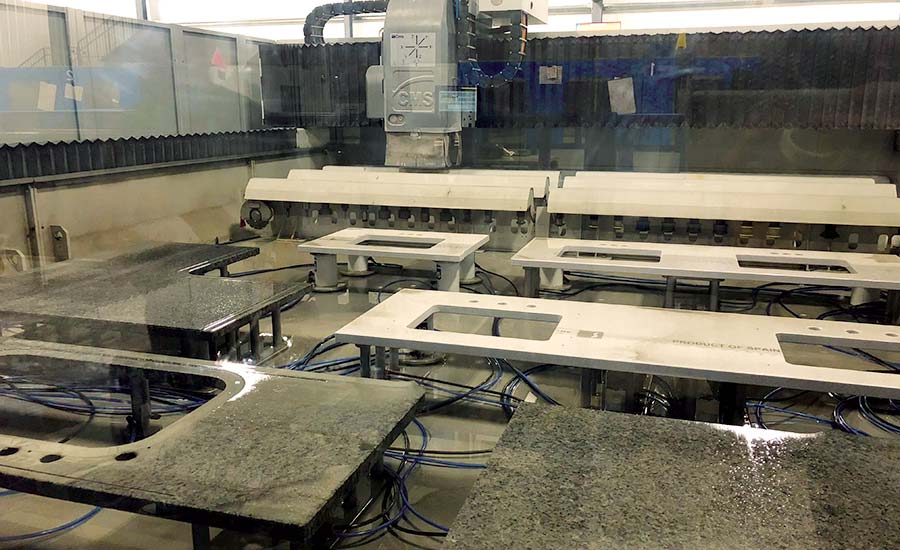We’ve all seen Help Wanted signs popping up everywhere. For years now, we’ve had trouble finding enough people. Unfortunately, it’s likely to get harder due to the significant number of people retiring.
Baby Boomers have hit retirement age, and they’re calling it a career in record numbers. Pre-pandemic, about 3 million Boomers retired annually. Post-pandemic? That number hit 29 million a year. By 2030, some 75 million are projected to retire.
Forget about the Great Resignation. It’s about the Great Retirement.
The numbers are even worse when it comes to skilled trades.
Younger people aren’t seeking out skilled labor jobs at similar rates as in the past. Applications at technical schools are down nearly 50% from 2020. Overall, fewer than 9% of workers under the age of 24 are entering the trades. In the construction and contracting business, there are nearly a million jobs that are going unfilled. 85% of companies looking for skilled labor have open positions and nearly nine in 10 say they are having a hard time filling them.
Over the next decade, it’s estimated that there will be some 3.4 million open positions in manufacturing and fabrication. Yet, there will only be 1.3 million workers to fill those spots. Labor shortages will grow larger and get more expensive.
This isn’t just a normal workforce transition. It’s changing the way businesses have to operate. If you’re not preparing for this next phase, you might be in for a bit of a shock.
Just ask bowlers.
In my area, bowling is a big thing. I’m not a fan, but my brother almost went pro and now runs most of the local bowling leagues in Northwest Ohio. He’s seeing this workforce shift play out in real time. He says there are only five techs that can now work on the machines that set the pins in his area. One is retiring this year. The remaining four are in the 60s and there’s nobody to take their place.
It’s changing the way bowling centers will have to operate. They are considering putting a dozen lanes in the area with string bowling because a high schooler can repair them. If you haven’t seen string bowling, it’s a different experience. Pins suspended by strings fall differently. There’s a bunch of physics involved and many bowlers are unhappy with the change. But, there’s little choice.
I’m in the middle of building a house. Five years ago, it took three guys working five days to install a home septic system. New technology exists today that is more expensive, but allows one person to install it in just a day. To the homeowner, there’s no real cost difference.
These changes are happening right before our eyes across nearly every industry, even those you think aren’t depending on technology. Take lawn mowing. Pretty soon you won’t see people riding lawnmowers anymore. Already, some landscape companies have transitioned to a fleet of Roomba-style robots. They drop them off and two hours later your mowing is done.
What does this have to do with the stone fabrication business? A lot. Almost every shop has got that one guy in the back that does amazing work. He’s the master of his craft, and he’s been doing it for 30+ years. But, he’s not going to be there forever. What are you going to do when he’s gone?
Technology’s not always the answer either. Take the example of Stanley Black & Decker as a warning. They spent nearly $90 million to build a plant in Fort Worth, Texas with the goal of modernizing their Craftsman tool-making process to overcome the shortage of skilled labor. Despite considerable spending on technology and robotics, they simply weren’t able to make it work. The plant is scheduled to shut down for good shortly.
Not every business is going to survive. You need to take stock now and act.
So, where do you get started?
Conduct a Workforce Audit
The first step is to do an audit of your workforce so you know where you stand. Talk to your team members and find out their retirement plans or how long they plan to stick around. Look at your key positions and think about what happens if they leave.
Do you have someone ready to step in and take over their role? Can you train someone to fill their shoes? Do you have documentation in place for steps and procedures?
You can no longer wait until they are about to leave to put out the help wanted sign. A lot of places that do that find no qualified applicants are coming along. You need to have a transition plan in place now. This may require getting commitments from employees and paying them a bit more to train and prepare to be your next generation of talent.
One simple way to get started, especially for skilled positions, is to use your phone and record how that person does things, so you can document it for later. This will come in handy when you have to train new employees or want to refer back to it to learn the tricks of the trade.
Look for New Opportunities
At the same time, this may be the time to look at new opportunities.
Other industries, such as tile installation that requires specialized labor, are struggling with the same shortage of workers. Is this a market niche you can exploit? This could be a big opportunity to revolutionize the industry with slabs. Think: kitchen backsplashes, bathroom floors, shower surrounds — any areas where tile is used.
Not only might this be an opportunity to expand your business and generate more revenue, but it’s a faster install. A tile guy might take a week to get the job done (and make a mess doing it). You can do it faster and skip the mess for the homeowner. This can offer a competitive advantage and turn jobs more quickly, putting more cash in your pocket.
Many of the fabricators we work with are on the fence about products like Dekton, but there are also opportunities there. It might be a replacement for other commercial applications, opening up new product lines for profit.
Find Workers With Similar Skills
This might also be a good time to recruit. You may be able to offer a better job or opportunity to someone who already has some of the skills you need. For example, roofers are often seasonal workers with unpredictable paychecks due to the weather. It’s also an incredibly dangerous job. Yet, roofers have some of the same skills as installers. You can offer them a steady paycheck, year-round workers, and steady hours.
Think about other occupations that have similar skills and see whether you can provide a better career path.
It’s Time to Act
Regardless of your situation, you cannot afford to wait any longer. Assess your staffing, look for new opportunities, identify your next generation, and start planning for the future. No matter how well things are going at the moment, we’re in for change. Adapting to the new normal and futureproofing your business is essential to remaining viable and building your business.




